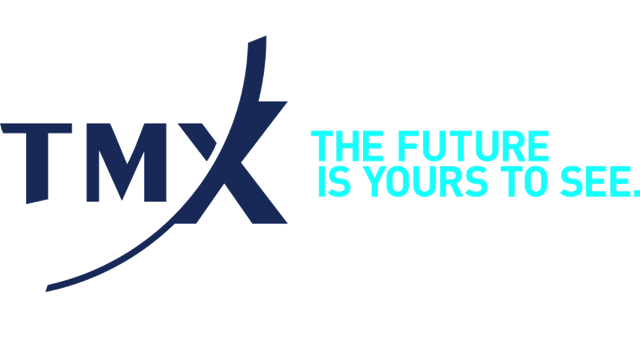Market caps are commonly categorized by three sizes of companies:
1. Small-Cap Stocks— The smallest companies on this list (often called “small-cap stocks”) consist of mostly young and new companies with a short track record. Most are in the very early stages of growth. As such, many investors will keep an eye on small-cap stocks while waiting for more concrete signs of growth or confirmation of struggles.
2. Mid-Cap Stocks— The companies in the middle of the pack in Canada (often called “mid-cap stocks”) can be difficult to analyze as it may be unclear if they are merely entering an era of growth, or if it is coming to an end. For example, a mid-cap stock which was once worth $100 million and is now worth $1 billion has given investors a return of 10 times their investment. Some investors may think there is more upside ahead while others are ready to call an end to the gains and take their profit.
3. Large-Cap Stocks—Finally, the largest companies on the list (typically called “large-cap stocks”) are often companies with a global presence. These companies are often flush with cash and able to reward investors with a consistent and growing dividend.
In Canada, there are over 3,200 public companies with market caps ranging from less than $1 million to over $150 billion.
An Important Consideration for Investors
Novice investors may ask why they should care what a company is worth. Market capitalization is in essence crowdsourced since it is based on the movement of its stock determined by the buying and selling activity of all investors.
Investors have specific reasons to value one company at $50 million and another at $50 billion. Is the lesser-valued company struggling with high levels of debt or losing market share to competitors? Similarly, there must be a compelling reason why a company is worth $50 billion. Perhaps they are a national chain with zero debt and a path to generate billions of dollars of annual profit for years to come.
See the Whole Picture of a Stock
A disconnect between market capitalization and reality presents an opportunity for investors who are willing to do their homework. The company with a $50 million valuation could simply be misunderstood by investors. Perhaps their debt load seems high but is much more manageable than many assume given a robust cash flow. This presents a potential opportunity for investors to buy an undervalued stock before others catch on.
On the other hand, investors could just as easily conclude that a $50 billion valuation for a major company is too much and know to avoid buying the stock. Understanding the market cap will help an investor make this distinction.
In the words of Warren Buffett: “Price is what you pay. Value is what you get.” Regardless of the valuation ascribed to a company by the market and the price of its stock, investors must carefully weigh its strengths and weaknesses before deciding whether to jump in or not.

